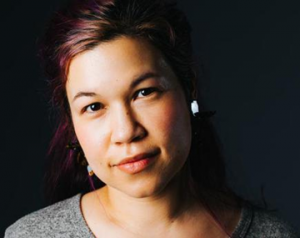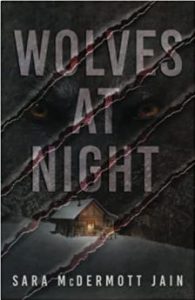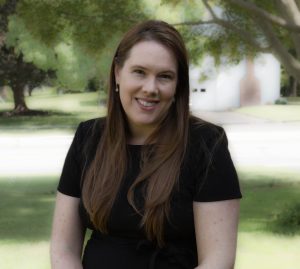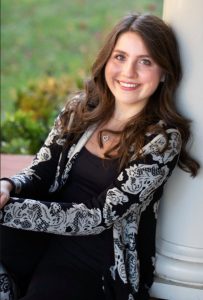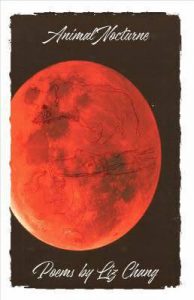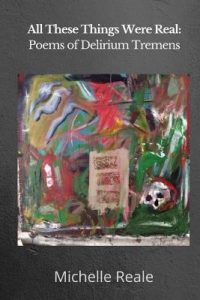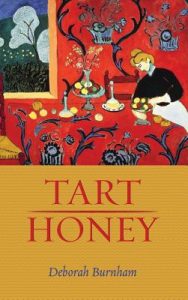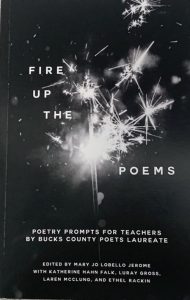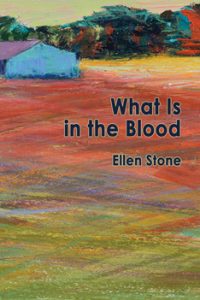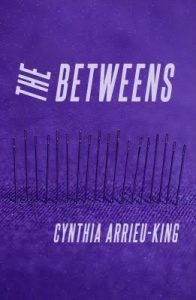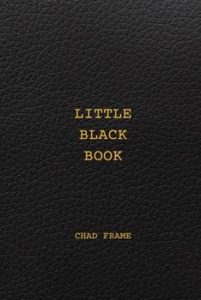
Review of Chad Frame, Little Black Book.
by Kathryn Ionata
Chad Frame’s debut poetry collection pierces in many ways, and the first is its title. The little black book is so ubiquitous an artifact that its meaning still resonates in this more digital era. It’s an address book full of names of past or potential lovers, and fittingly, a vast number of poem titles in this book are simply names: “Bruce,” “John,” “Alex.” But if a little black book, and this book in particular, is a book of names, it’s also a book of bodies: sexualized and memorialized; on-screen and in life; active bodies and dead bodies. Frame composes a loving tribute to the vintage while remaining firmly in the gritty, unvarnished present.
Many of the first poems in this collection are about feeling like an outsider: living in a “tiny” house that “smells like cigarettes,” and being a boy who is attracted to other boys.
To be an outsider, perhaps especially as a child, is a kind of “hell” that Frame explores: “What the hell,” asks Christopher, the subject of a poem by the same name, about the school bus jerking to a stop. But hell is also the moment when the young male speaker, Christopher’s friend, can’t stop himself from kissing Christopher, a kiss that is not welcomed. Moreover, hell is what the speaker intuits he will be “living in / for years before / I can even begin” to contemplate what hell means. But there are worse forms of hell, in which the outsider does not survive, and Frame explores these in the collection’s strongest, most devastating poems.
Little Black Book is a book of bodies, and in some cases these bodies suffer immeasurably. Frame dedicates “Nine-Year-Old Suicide in Reverse” to Jamel Myles, a young boy who identified as gay and who was ridiculed and bullied before taking his own life in 2018. This poem is one of several that were originally published in this magazine, and to my mind is one of the strongest that has appeared in recent memory. Frame’s composition is deeply affecting in its invention. “A candle unsnuffs” is the first impossibility, the first action undone, as Frame leads us backwards through the boy’s day, from end to beginning. The boy’s backpack “rises from the floor” as one wishes his body could have done. He returns to school, in an alternate version of the day in which classmates do not torment him with hurtful language:
High-fletched F, its bulbless semiquaver.
Lofty A, its slopes unassailable.
Selfsame, cliquish GG, backs turned to shun.
Surprised O, rolling, caught up in all this.
And T, the final, burning cross of it.
Here, in the life of this young boy as well as in this poem, language is everything. The personification of the letters highlights their gravity. Frame does not mince words or meaning in calling the last letter of this slur “the final, burning cross of it”: it’s a crucifixion. This is the kind of poem that will stay with the reader long past the initial reading.
Frame invokes the image of crucifixion of another young, gay male body in “Shepard,” dedicated to Matthew Shepard, a teenage boy who was murdered in 1998 in what was widely thought to have been a hate crime. The images broadcast at that time of a slight boy, body positioned as though on a crucifix, were devastating to view, and excruciatingly affecting especially for those who personally identified with Shepard in some way. As the speaker of Frame’s poem notes, when he finds out about Shepard’s murder,
I’m just fifteen,
a sophomore,
thinking maybe
I could just tell
someone, a friend,
what I’m feeling,
grow bold enough…
What does it mean to come of age as a gay man, seeing images of a boy who looked more “scarecrow” than human, “tear-tracks / through blood and grime… tied / to a buck rail”? Frame casts Matthew Shepard as a literal shepherd “left / to watch over his flock,” and it’s a clever metaphor as we wonder what will become of all the young people who are part of his flock.
Despite the attention I’ve given to the above two poems, in no way is this collection morose or depressing as a whole. It’s clever, ironic, and witty. In “Jesse,” the young speaker lives for the moments he wrestles with a straight male friend. When the friend pins him, the speaker deadpans, “Poor boy. You must have thought you were strong.” There’s a fun series of poems with “Handkerchief” in the title, referring to a code some subcultures of gay men have used (more commonly in the pre-dating app age, like the little black book). Having a certain color handkerchief in a certain pants pocket conveys a type of sex that the wearer is looking for. Frame’s “Microfiber Handkerchief” satirizes the absurdity of dating apps, the faces and bodies scrolled through likened to “Brady Bunch squares competing / for attention.” One potential date asks the speaker the common but insulting question, “Are you clean?” which reminds the speaker of being asked if he’s mopped the floor. He wonders, “am I / the floor, the mop, or the guileless hand / gripping it?”
Frame toys with the little black book conceit to great effect. This particular book full of names also contains anonymity. In a poem titled “Anthony,” the speaker is frantic when a casual lover overdoses, and he doesn’t even know his name to tell the paramedics. The title, of course, is a wink to what happens between the events of the poem and the writing of the poem. Oftentimes in this book, the speaker desires connection and love; occasionally, not. “What does it say about me,” he laments about a sex partner, “—the last thing / I ever want in my mouth is your name?” But names, once learned, are unforgettable. In one of several terrific poems portraying or imagining golden age Hollywood, Frame considers a rumored sexual encounter between Marlon Brando and Richard Pryor. Years later, after countless movies made and others loved, Frame wonders “…if somewhere in the credits of their lives, / a name stands out, rising. Meaning something.” In a little black book, some names slip quickly into obsolescence, while others linger, written in permanent ink in our memories.
My personal favorite poems in the collection are two more of what I’m calling the old Hollywood poems: “Screen Test: East of Eden,” dedicated to Paul Newman and James Dean, and “Rock and a Hard Place,” for Rock Hudson. “Screen Test” celebrates two young, beautiful men, “their jaws like flipped chrome lighters,” and the footage (available on YouTube and absolutely worth watching) of them giggling and, yes, flirting. (James Dean: “Kiss me.” Paul Newman: “Can’t here.”) There is an unspoken erotic charge to this film clip, made all the more tantalizing by the way Hollywood kept queerness a secret. The poem is sexy, funny, sad, and hopeful all at once.
It was a delight to see Rock Hudson turn up in this book, as one of his most famed roles, in Pillow Talk, sees him take out an actual little black book. (His character goes through the painstaking process of calling all of his old girlfriends, each of whom he wants to be the first to know that he’s getting married). Rock Hudson: larger than life, brawny, hypermasculine screen icon of the 1950s who turned out to be gay. In this persona poem, written from Hudson’s perspective, Frame uses stunning plays on words here having to do with rock and stone, interspersed with titles of Hudson’s films: Send Me No Flowers, Lover Come Back, All That Heaven Allows. Screen icon Rock Hudson has “granite cheek” and “chiseled jaw,” but inside is “citrine…lapis, amethyst”: he contains rainbows.
The black book is both archive and artifact, a diary of one’s life as well as glimpse at a lost time. Frame’s collection is a tribute to the danger and the beauty of being gay or queer. The book makes me think of a monologue from the recent HBO series about gay men in London in the 1980s, It’s a Sin. Protagonist Ritchie says, “You know what? I had so much fun. I had all those boys…They were great. Some of them were bastards, but they were all great. That’s what people will forget—that it was so much fun.” Here’s to more fun, and more poems from Chad Frame.

